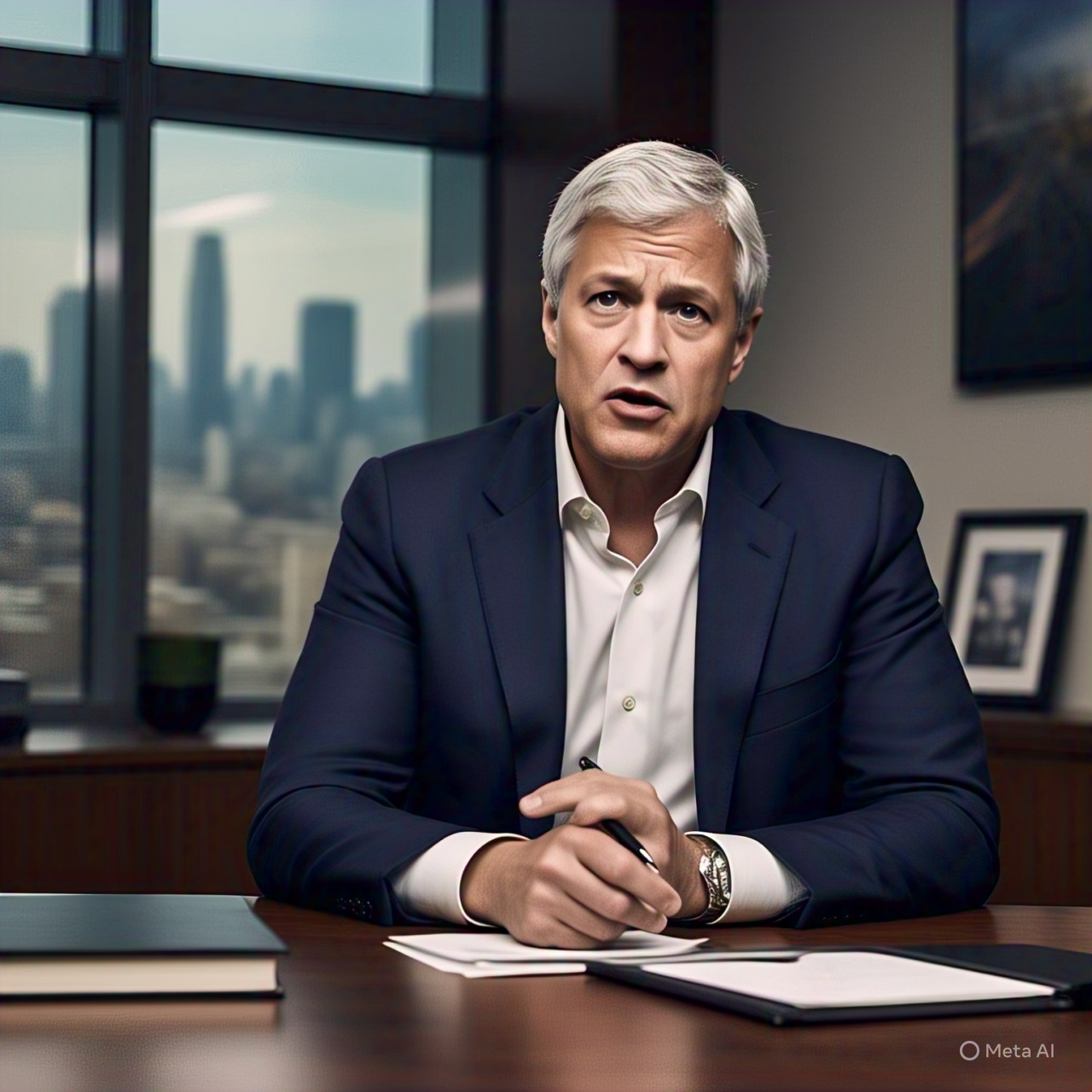The head of Wall Street’s largest bank worries that the market allowed excessive complacency to creep in after last month’s tariff fright scared investors off. Wall Street strategists agree with him. Chief Executive Jamie Dimon, in a speech at the bank’s investor day on Monday, noted that the market “came down 10%, back up 10%. I think that’s an extraordinary amount of complacency.
A glance at a highly watched ratio in the options market indicates traders might actually be getting too smug, BTIG chief market technician Jonathan Krinsky said in a Tuesday note.
Five-day moving averages of closely watched put/call ratios, however, were at five-year lows (see chart below). Low put/call ratios show that traders are optimistic, tending towards call options, which profit when prices rise, while puts profit when prices decline.
While it seems hopeless to battle the recent trend, narrow ranges and skewed put/call ratios suggest complacency even if it’s a brief shakeout. We believe one is imminent sooner rather than later,” Krinsky said.
Stocks dropped quickly and far after President Donald Trump on April 2 imposed a series of steep “reciprocal” tariffs and other charges on U.S. trading partners, pushing the S&P 500 to the edge of a bear market. But the April 8 close, 19.1% off its February record finish, was the bottom, with stocks bouncing back sharply as the levies were eventually delayed or diluted.
The S&P 500 SPX during the last week propelled into positive ground for the year to date.
Then, immediately after Friday’s close, Moody’s removed the U.S. of its final triple-A credit rating. The action focused the glare further on concerns regarding the U.S. government’s fiscal situation and triggered a jump in Treasury yields, which are opposite the direction of price, and a knee-jerk sell-off in stocks.
But equities came back by the closing bell on Monday, as the S&P 500 registered a sixth consecutive rise that left it 3% short of its Feb. 19 record close of 6,144.15.
Nigel Green, the CEO at U.K.-based brokerage deVere Group, said that a “degree of willful blindness” was seeping into the markets, as investors were brushing aside bond-market warnings of increasing uncertainty.
The recall of quick turnarounds in 2023 and the start of 2024 has made many jump to reject downside risks as transitory noise,” he said in emailed remarks. “But macro conditions have shifted irreversibly. Supply chains continue to be broken, energy markets are nervous, and real wages continue to be undermined in most developing nations.
For its part, the S&P 500 was near a session low as the last hour of trading began on Tuesday, off by 0.8% and looking to end its six-day winning streak.

